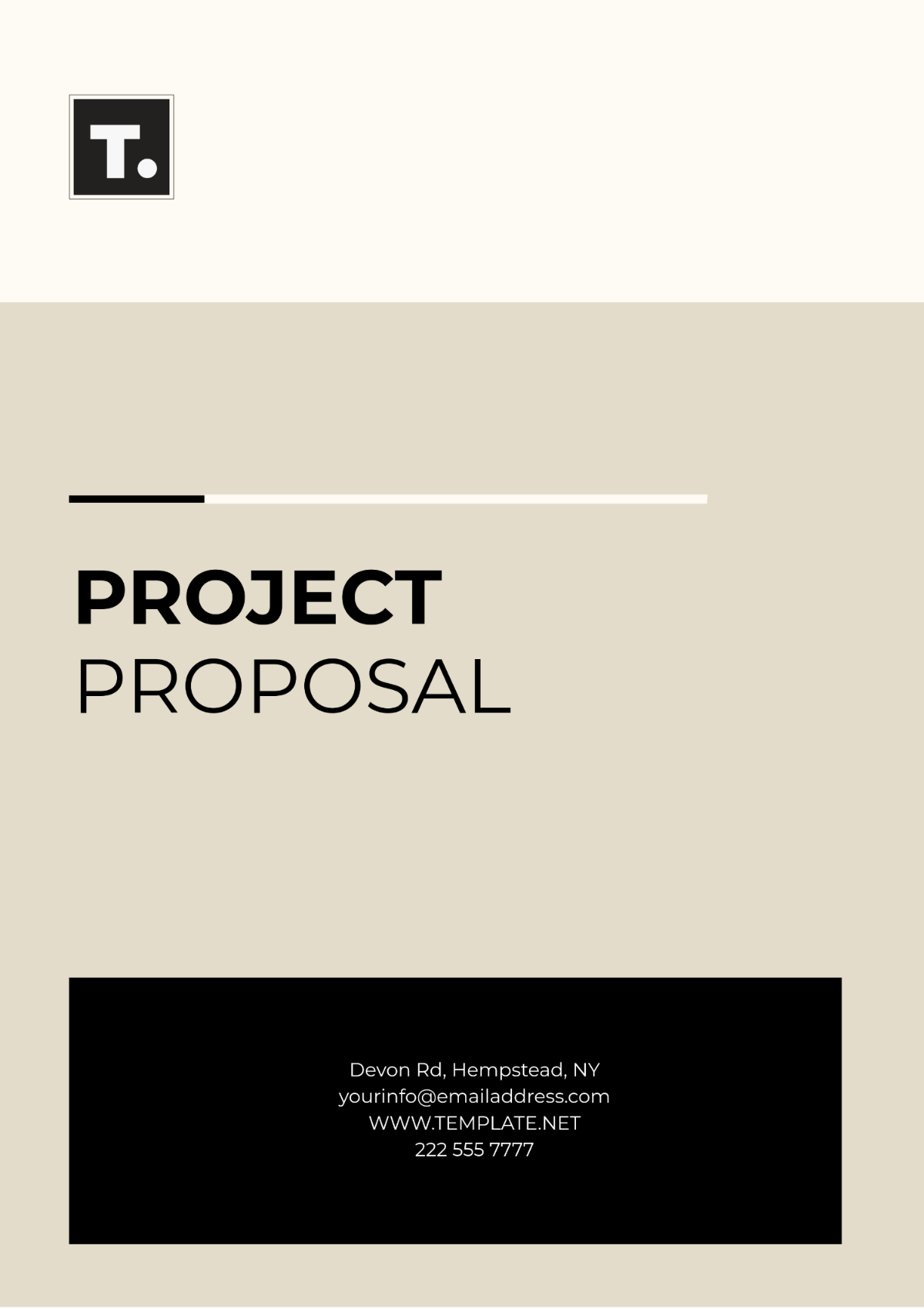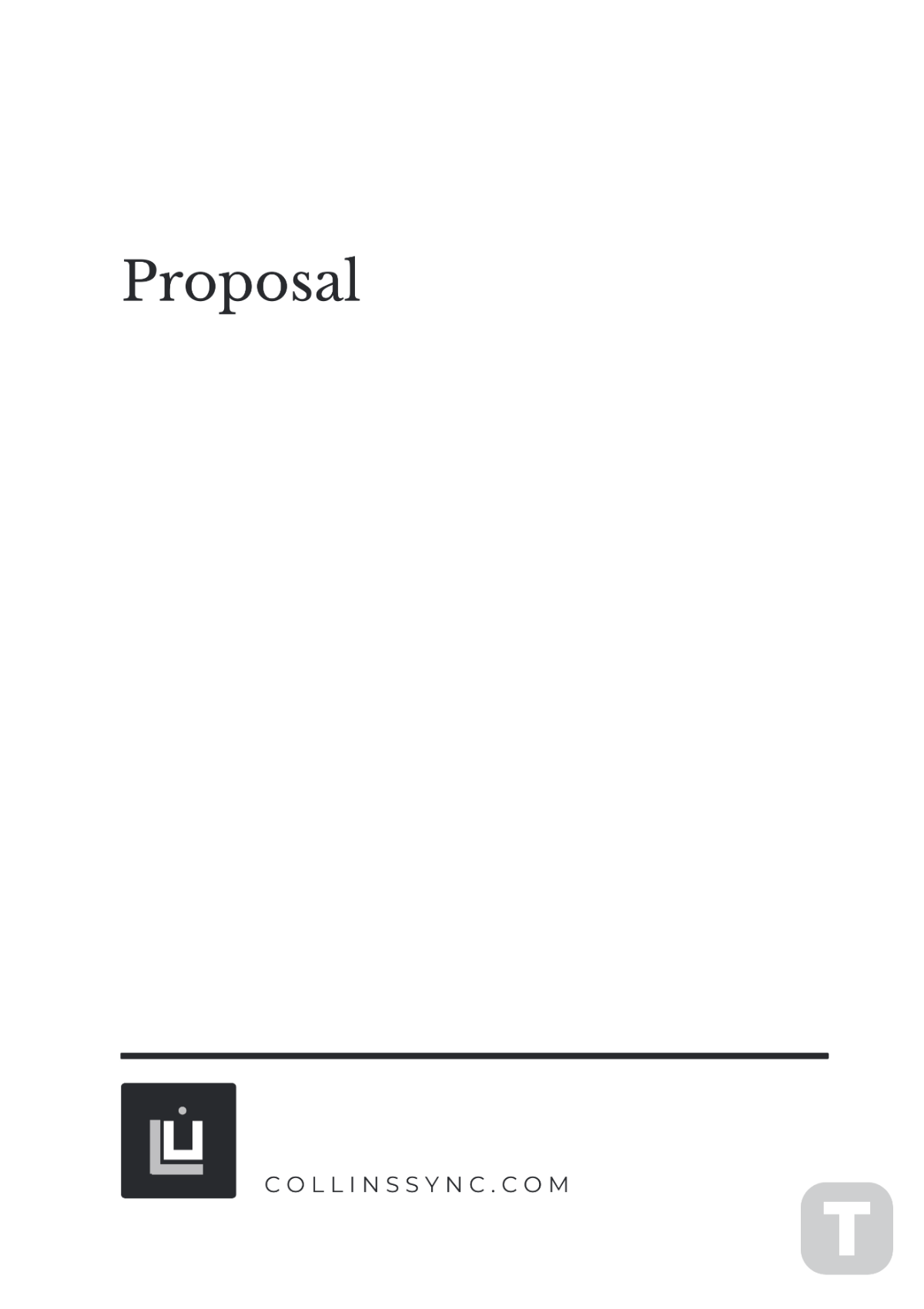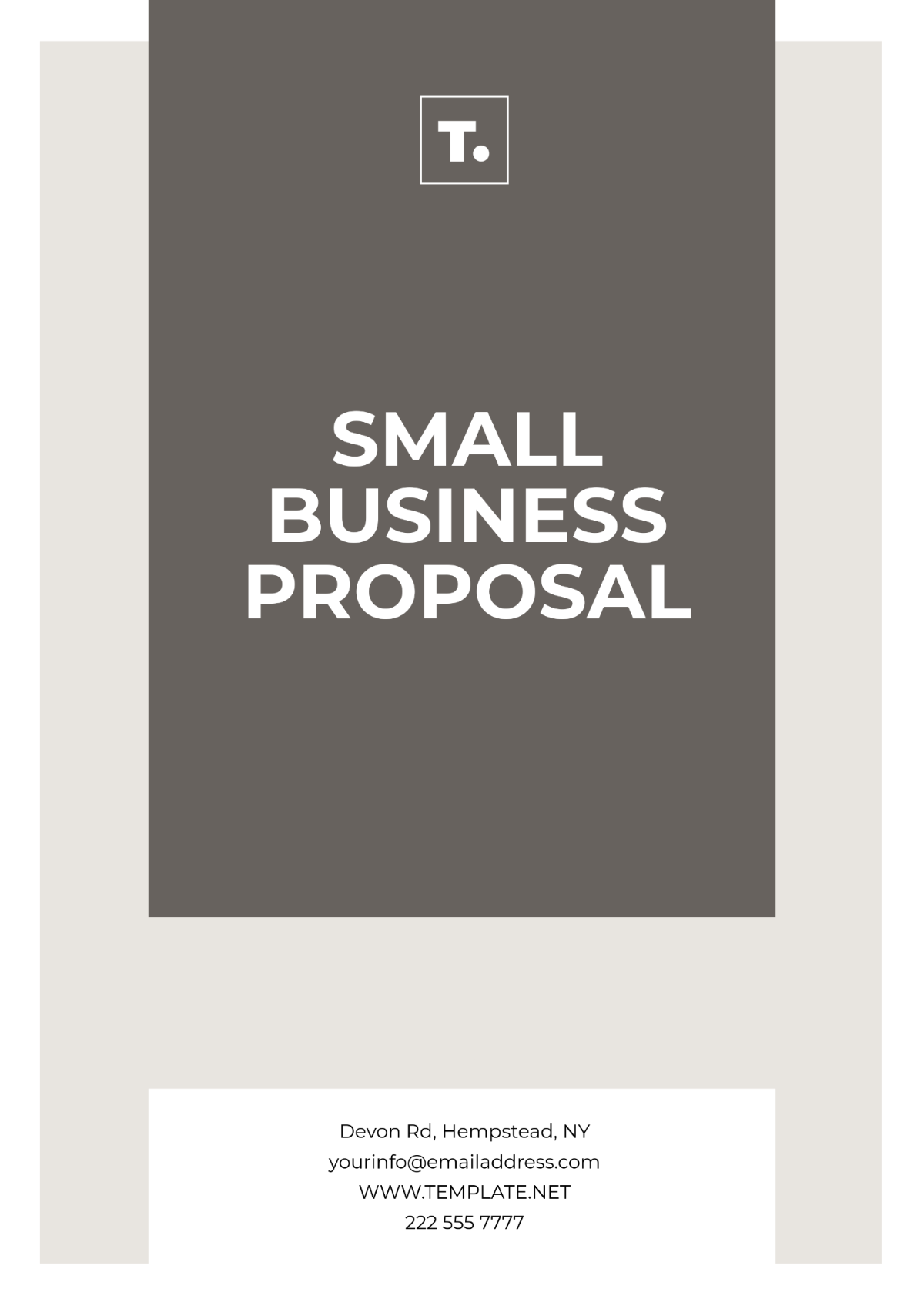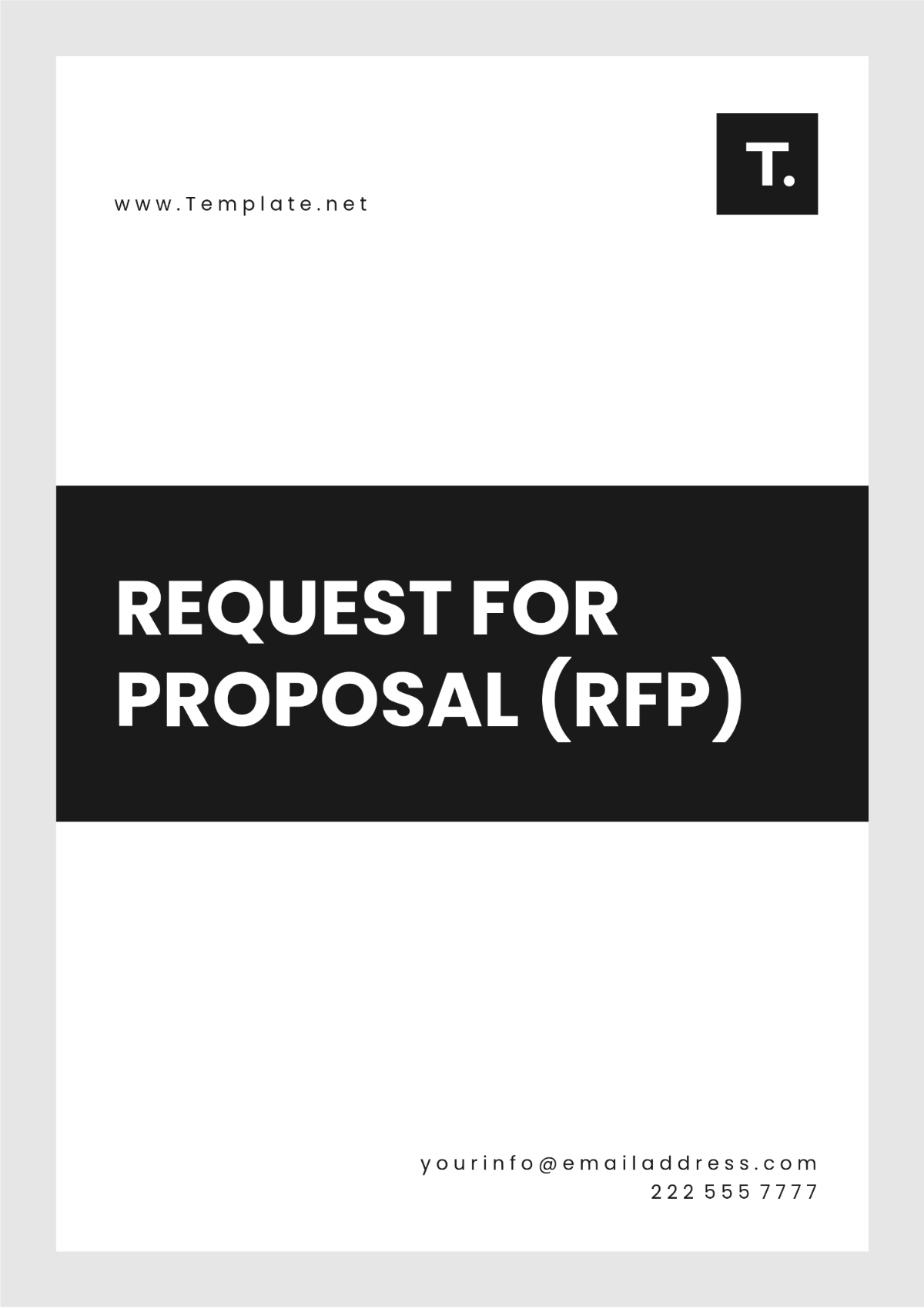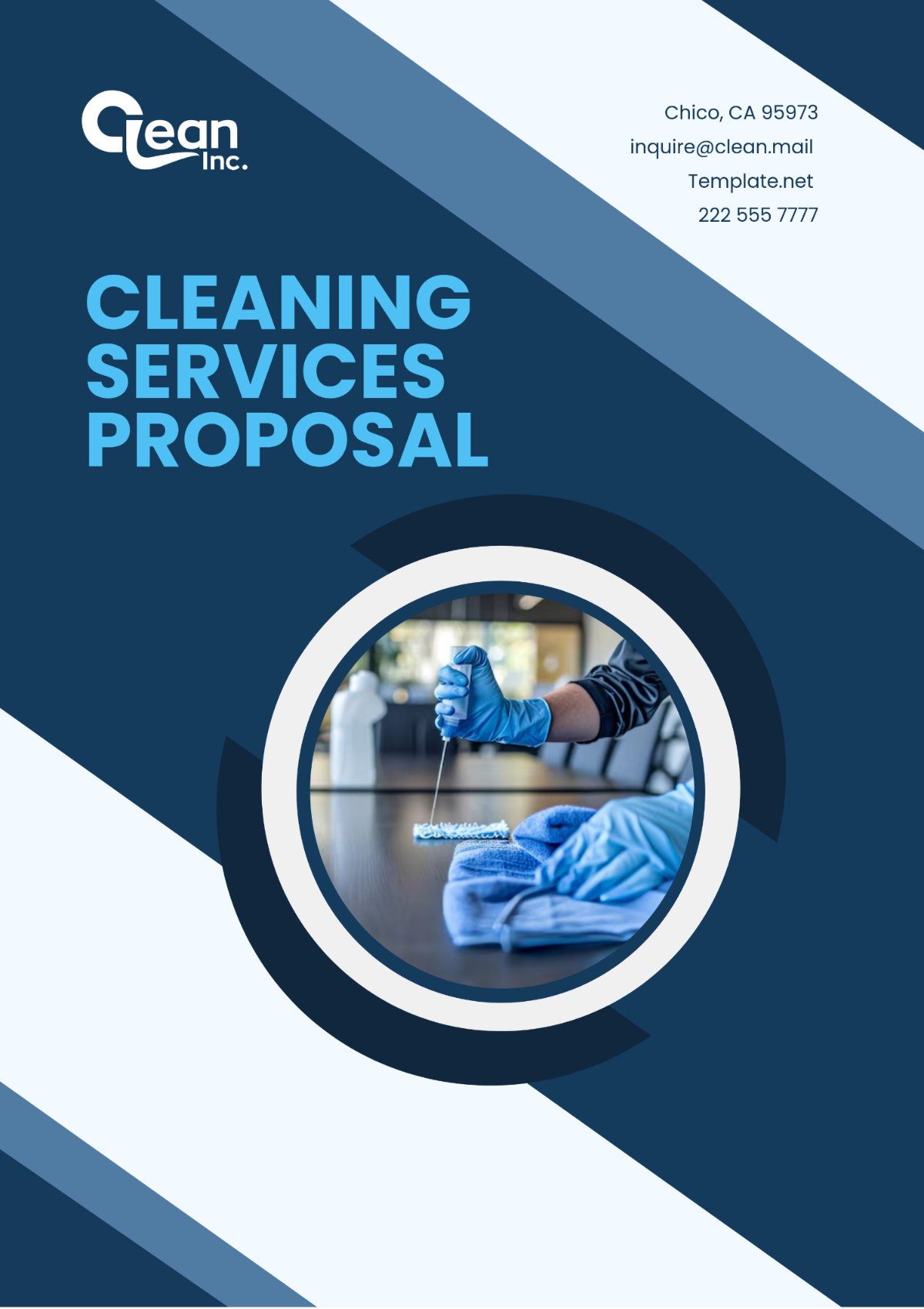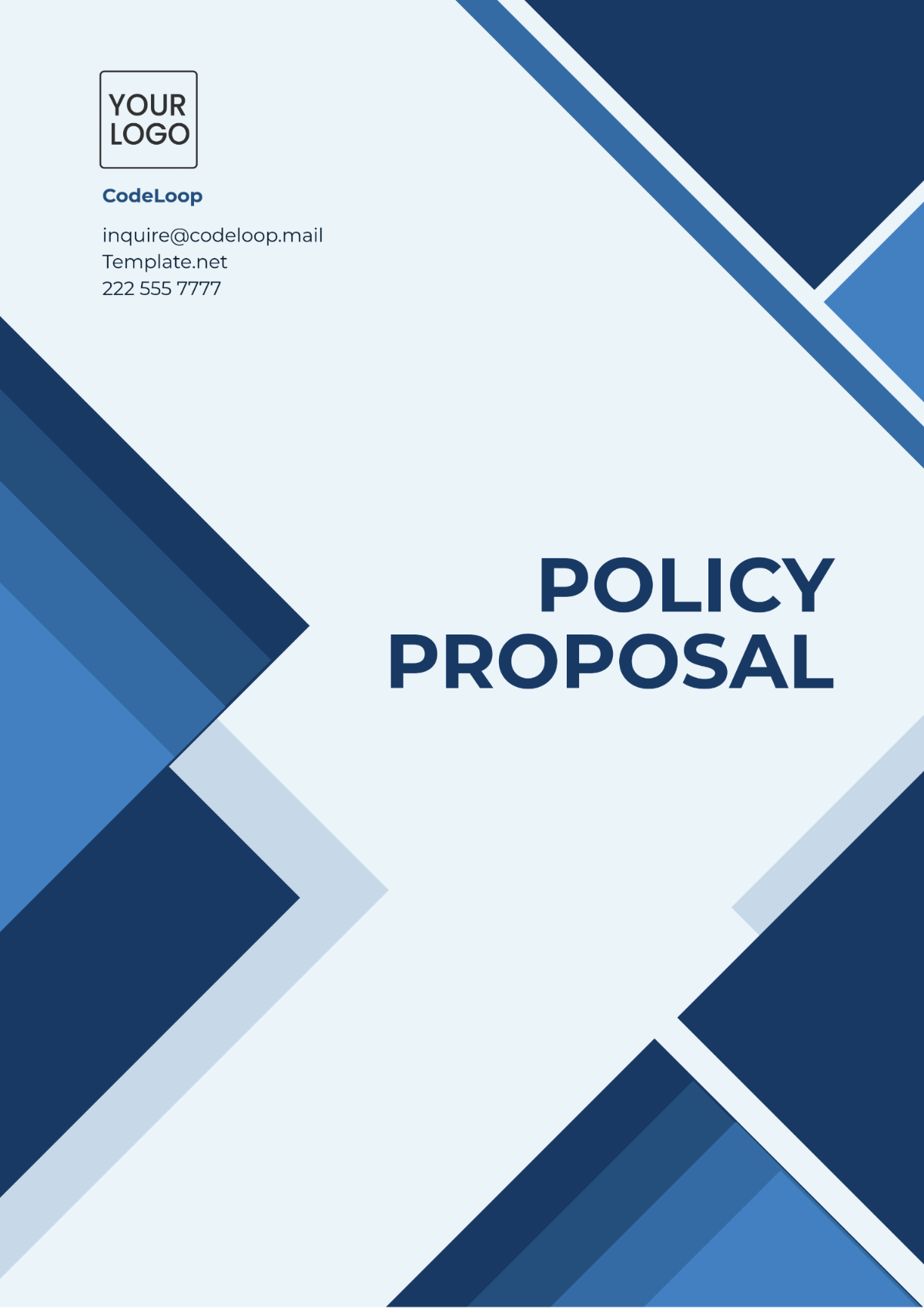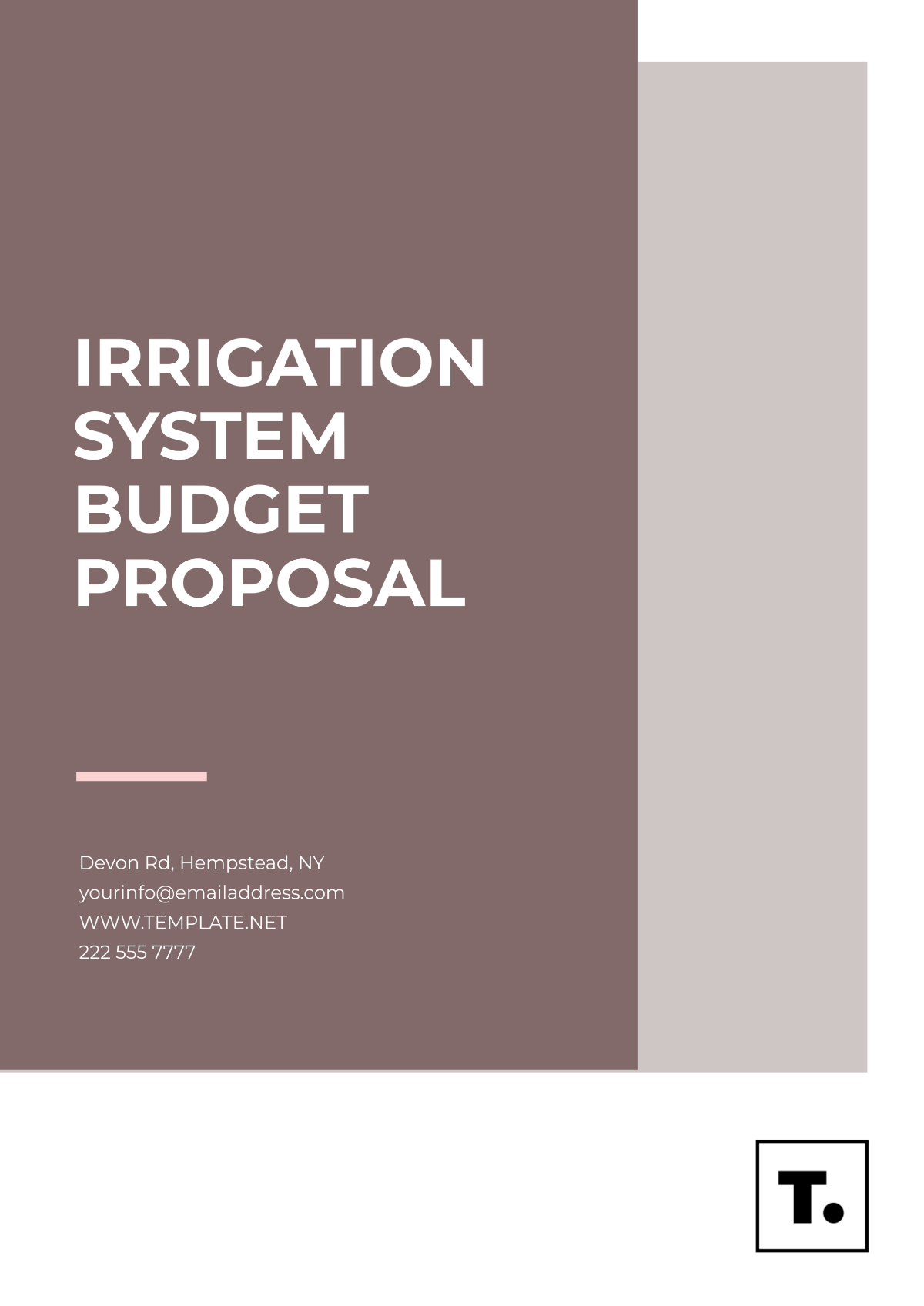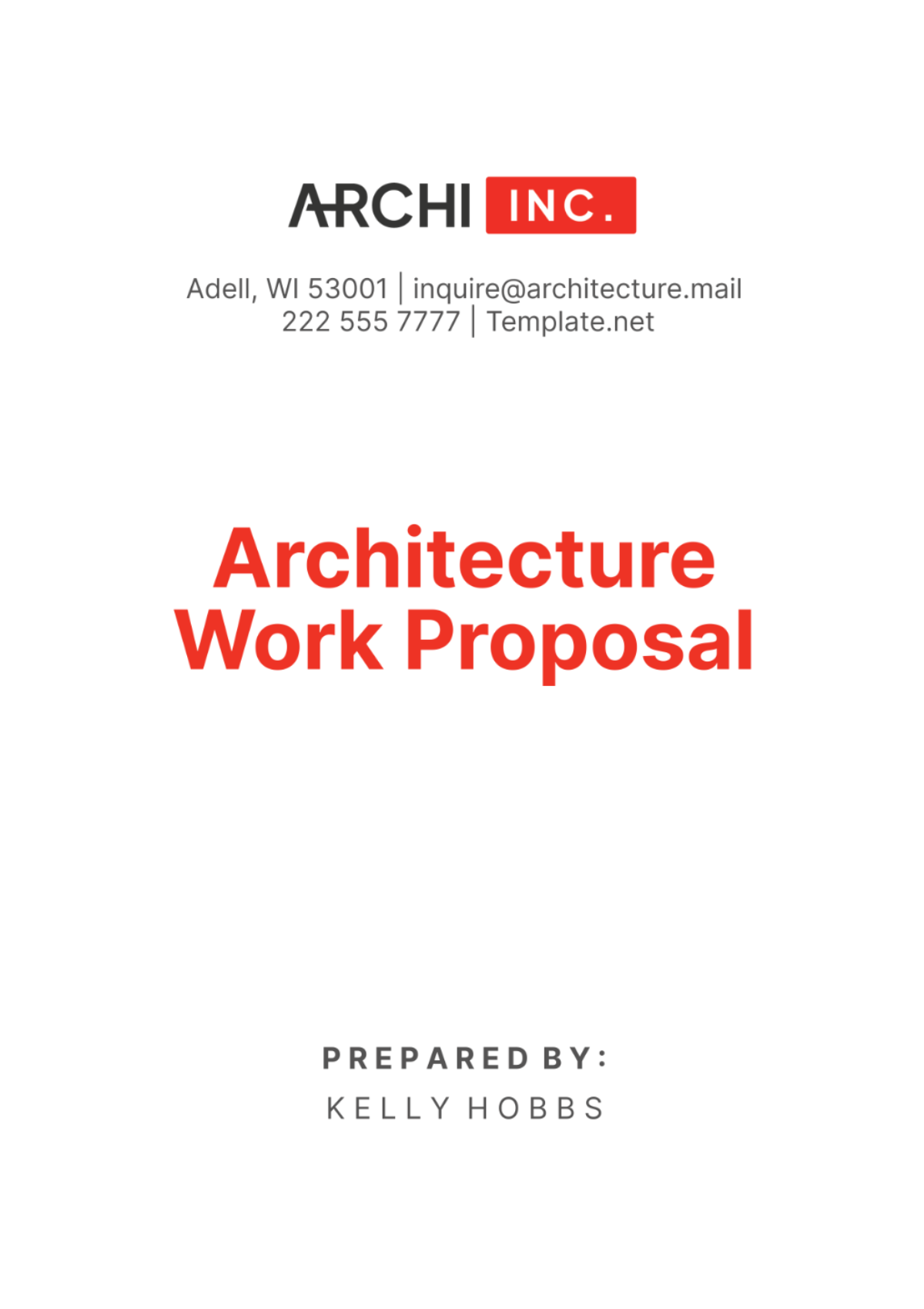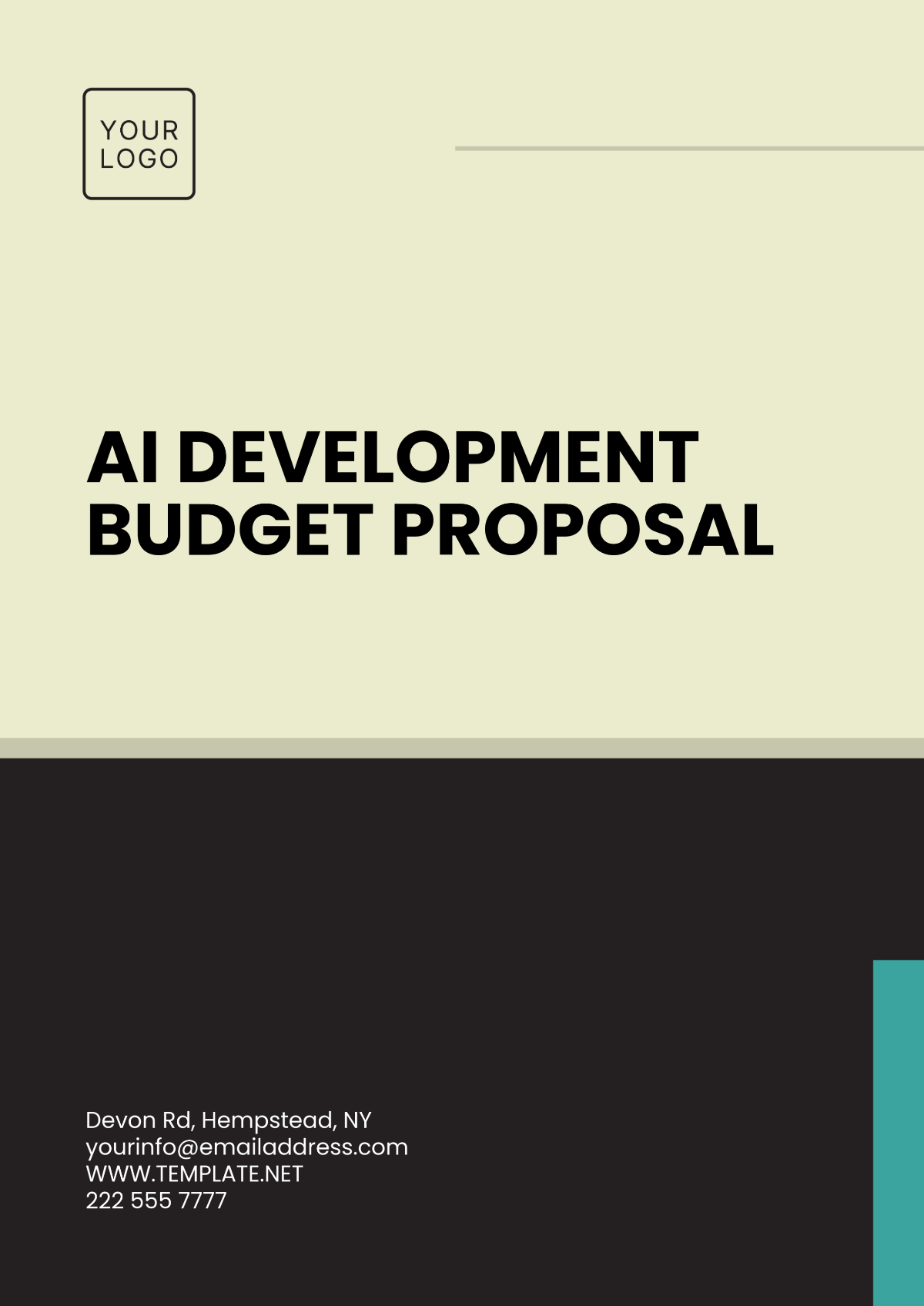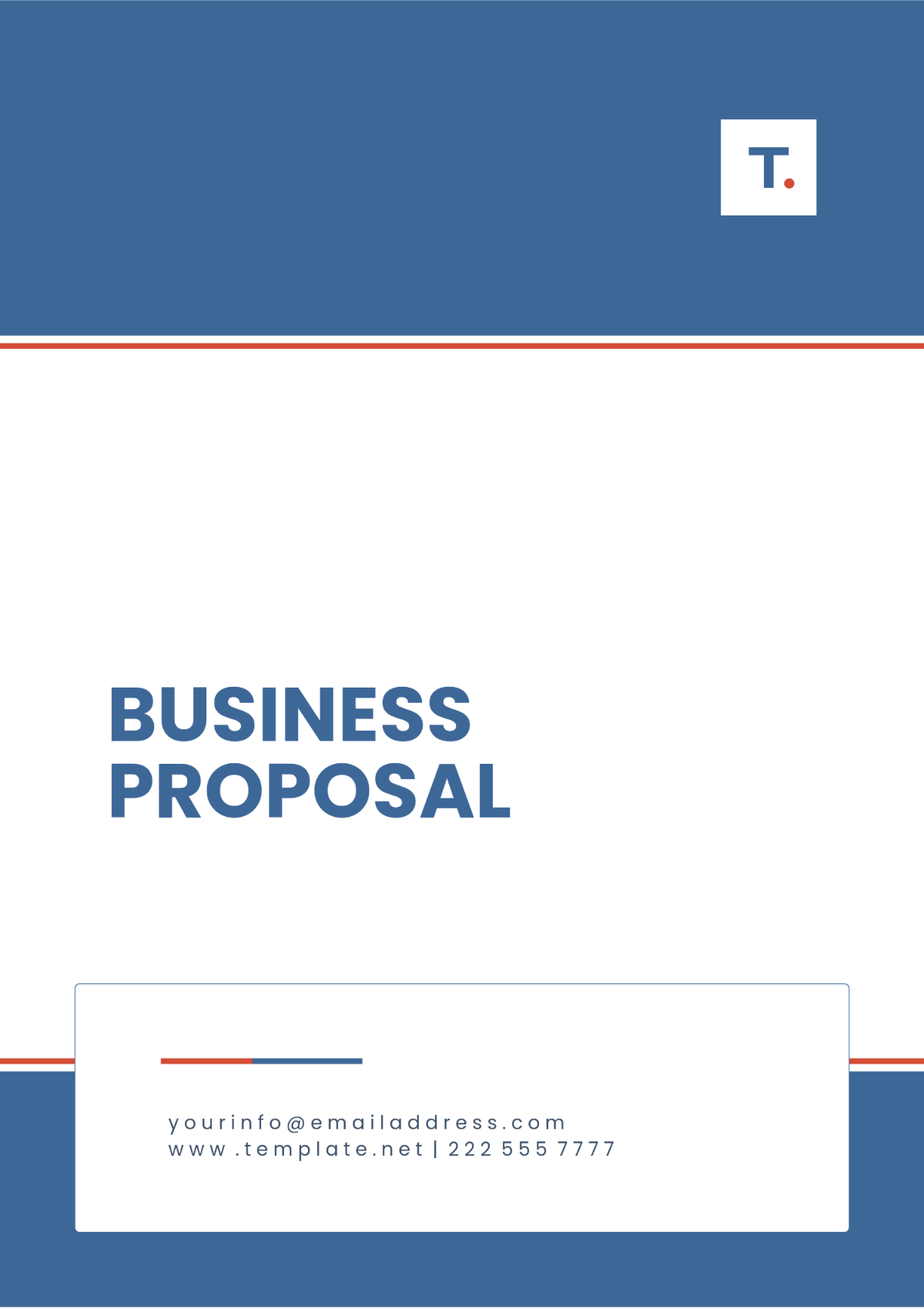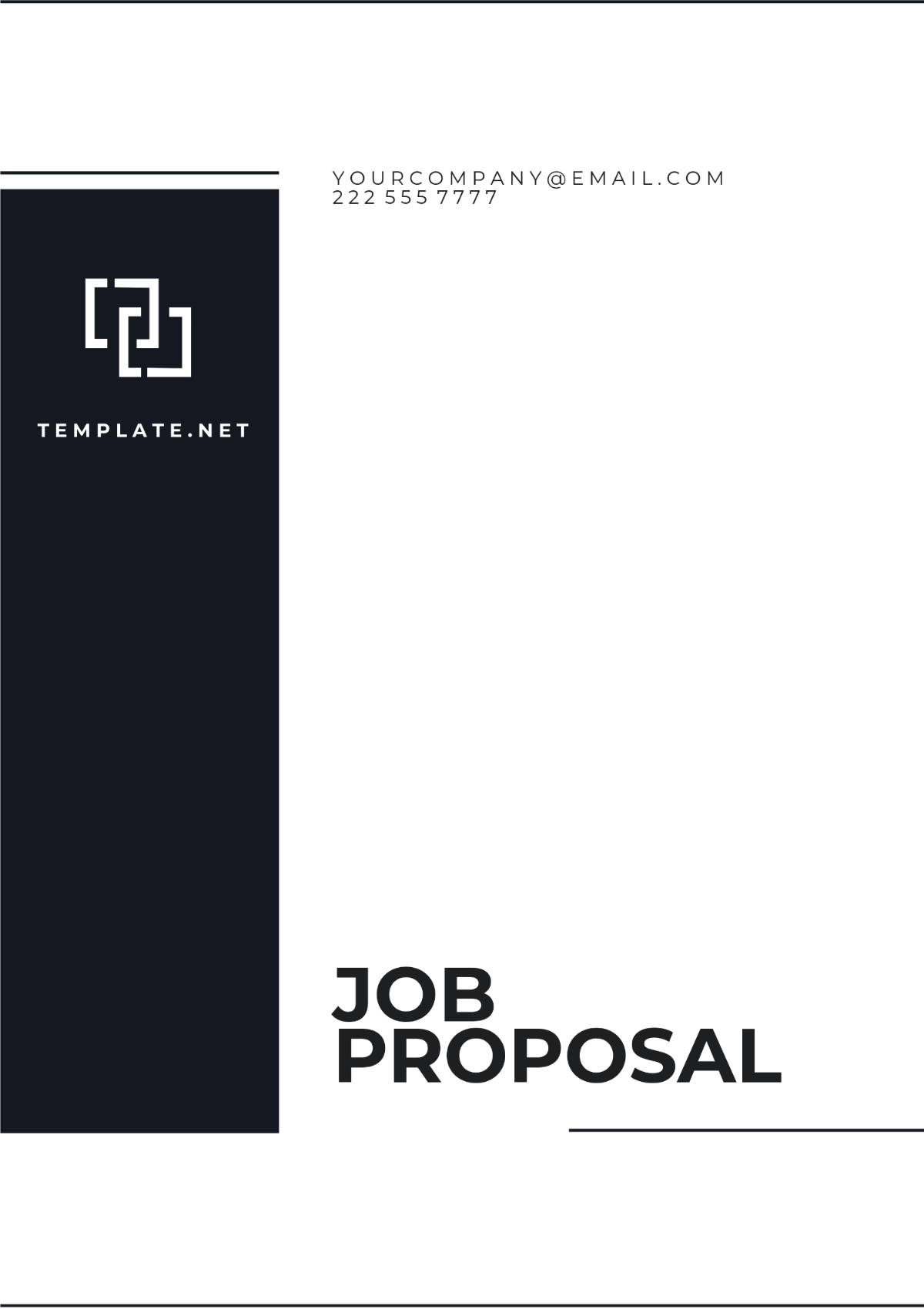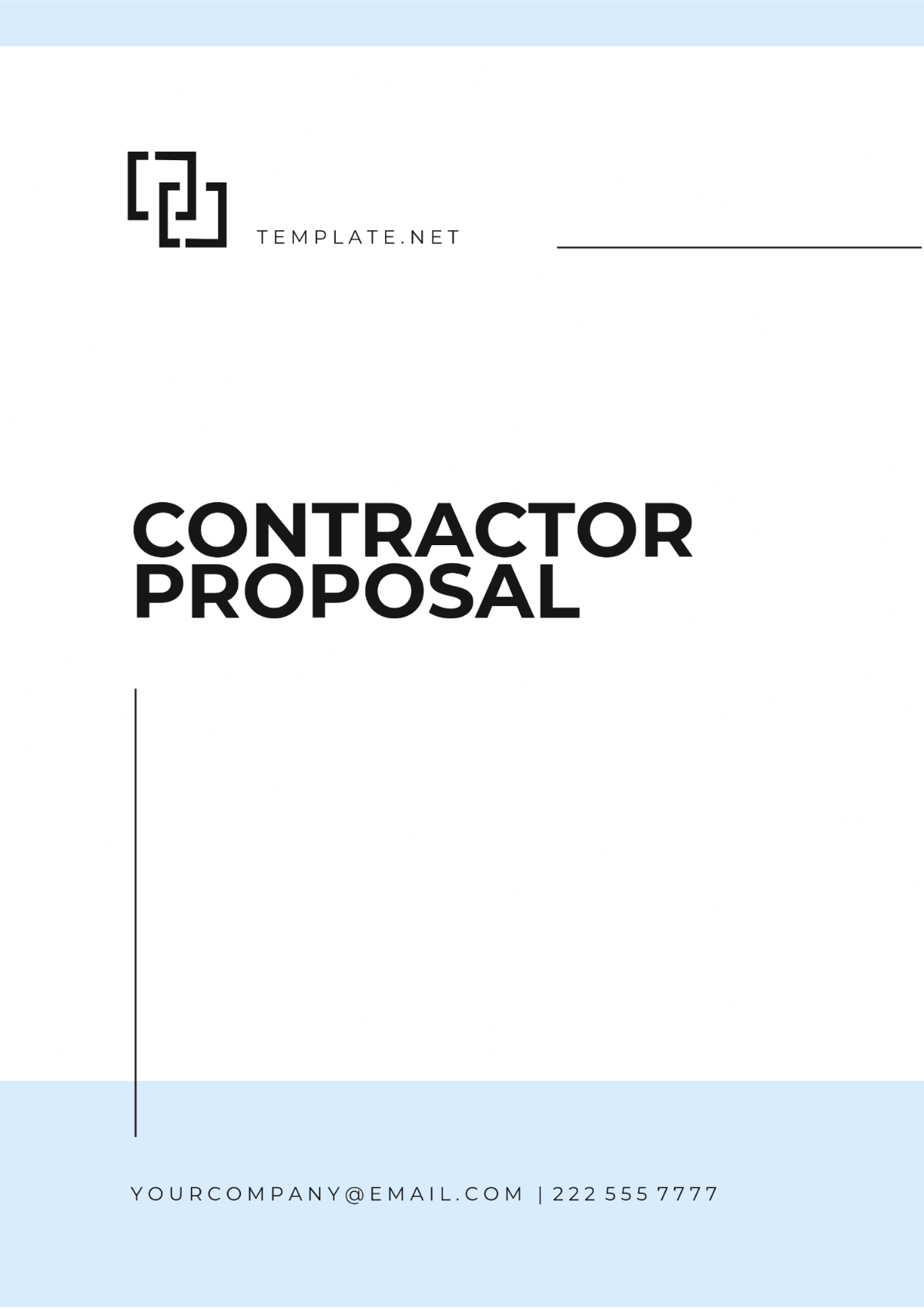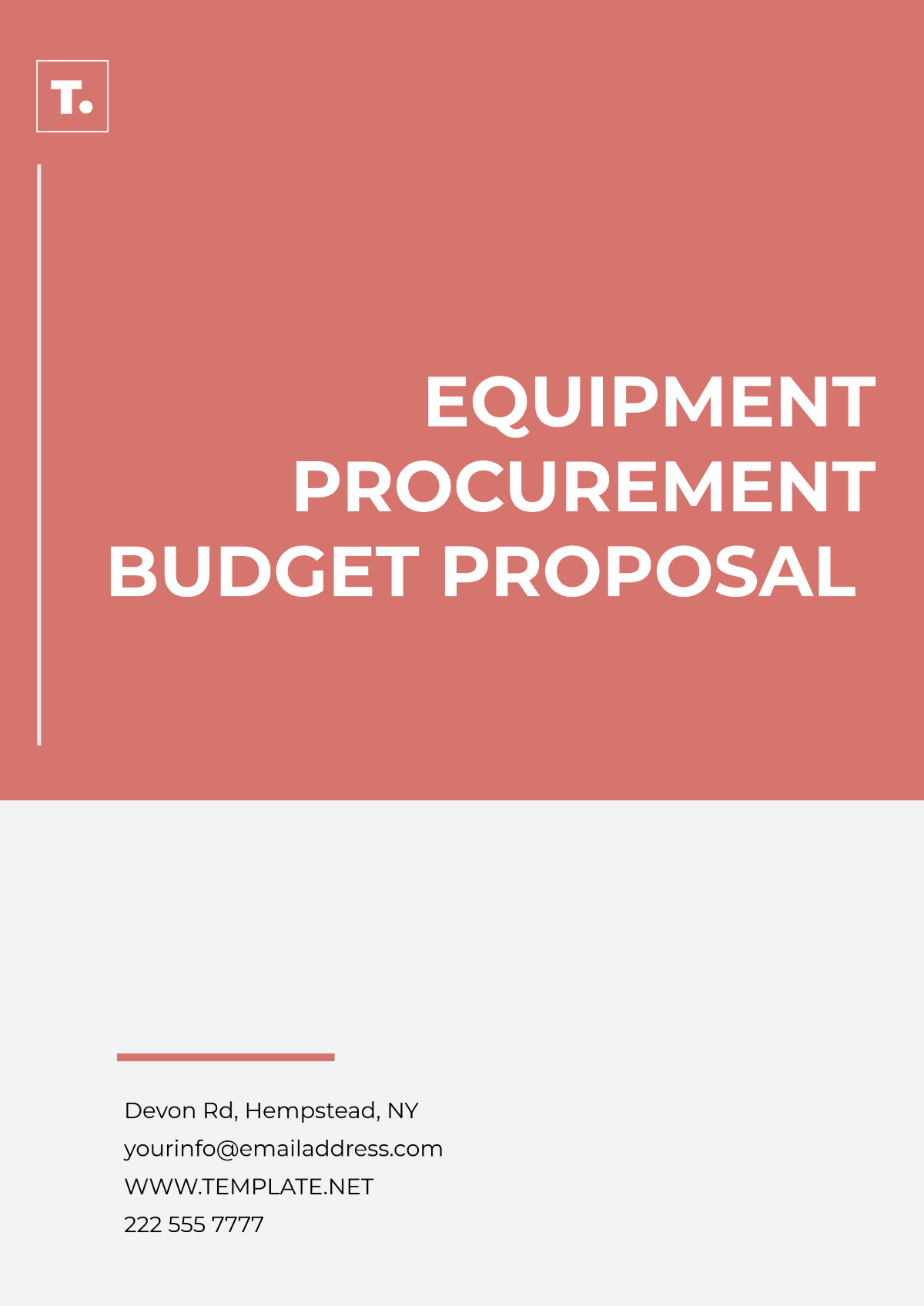Risk Mitigation Proposal
Introduction
This document aims to outline a strategy for identifying and mitigating occupational hazards in [Your Company Name]'s manufacturing facilities. The focus is on ensuring employee safety, complying with regulatory standards, and fostering a culture of proactive risk management.
Scope of Risk Assessment
The risk assessment covers all operational areas of the manufacturing facilities, including the production floor, warehousing, packaging, and administrative offices. It encompasses a wide range of hazards, including physical, chemical, biological, ergonomic, and psychosocial risks. The assessment period spans from [January to December 2050], with periodic reviews scheduled quarterly.
Identification of Occupational Hazards
Physical Hazards
Physical hazards in the manufacturing facility include excessive noise levels, especially in the metal fabrication unit, and high-temperature operations in the casting and molding sections.
Physical Hazard | Location | Potential Impact |
Excessive Noise | Metal Fabrication Unit | Hearing Loss |
High Temperature | Casting & Molding Sections | Burns, Heat Stress |
Machinery Risks | Assembly Line | Cuts, Entrapment Injuries |
Chemical Hazards
Chemical hazards arise from the use of various solvents, adhesives, and paints in the production process. The improper handling and storage of these chemicals pose risks of exposure, leading to respiratory issues and skin irritation.
Chemical Hazard | Location | Potential Impact |
Solvents | Painting Section | Respiratory Issues, Skin Irritation |
Adhesives | Assembly Area | Allergic Reactions, Dermatitis |
Biological Hazards
Biological hazards are less prevalent but include the potential for mold growth in poorly ventilated storage areas and the risk of bacterial contamination in the facility's canteen.
Biological Hazard | Source | Potential Impact |
Mold Growth | Poor Ventilation | Allergic Reactions, Respiratory Issues |
Bacterial Contamination | Improper Food Handling | Foodborne Illnesses |
Ergonomic Hazards
Ergonomic hazards are identified in workstations with poor ergonomic design, leading to musculoskeletal disorders. Repetitive tasks and improper lifting techniques in the warehouse also contribute to ergonomic risks.
Ergonomic Hazard | Activity | Potential Impact |
Poor Workstation Design | Prolonged Sitting | Musculoskeletal Disorders |
Repetitive Tasks | Manual Assembly | Strain Injuries |
Psychosocial Hazards
Psychosocial hazards include stress due to high workloads, especially during peak production periods, and potential issues related to workplace bullying or harassment.
Psychosocial Hazard | Cause | Potential Impact |
High Workload Stress | Peak Production Periods | Burnout, Mental Health Issues |
Workplace Bullying | Interpersonal Conflicts | Stress, Reduced Job Satisfaction |
Risk Assessment Methodology
Hazard Identification Process
The hazard identification process involves a series of systematic steps, including workplace inspections, employee interviews, and review of incident reports. The process is conducted by a cross-functional team comprising members from Health & Safety, Operations, and Human Resources departments. Special attention is given to identifying hazards that may have been previously overlooked or underestimated.
Risk Evaluation Criteria
Risks are evaluated based on two key criteria: the likelihood of occurrence and the severity of potential injury or illness. This evaluation considers both current control measures and historical data on incidents and near misses.
Risk Rating System
A risk matrix is used to categorize risks into four levels: Low, Moderate, High, and Critical. This categorization aids in prioritizing risk mitigation efforts.
Risk Level | Likelihood | Severity |
Low | Unlikely | Minor Injury |
Moderate | Possible | Serious Injury |
High | Likely | Major Injury |
Critical | Almost Certain | Fatality or Catastrophic |
Findings of the Risk Assessment
The assessment revealed several high-risk areas, particularly in the metal fabrication and chemical handling units. Ergonomic risks in administrative areas were also identified as a significant concern due to the long-term impact on employee health.
Risk Assessment Matrix
The following table summarizes the key risks identified, severity, and the initial risk rating.
Hazard Category | Severity | Initial Risk Rating |
Physical | Major Injury | High |
Chemical | Serious Injury | Moderate |
Biological | Minor Injury | Low |
Ergonomic | Major Injury | High |
Psychosocial | Serious Injury | Moderate |
Risk Mitigation Strategies
Engineering Controls
Engineering controls involve making physical modifications to the workplace to reduce exposure to hazards. Key initiatives include:
Soundproofing in Metal Fabrication Unit: Installation of sound-absorbing panels and materials to significantly reduce noise levels, protecting employees from hearing loss.
Improved Ventilation Systems: Upgrading ventilation in areas where chemical solvents are used, ensuring effective extraction of hazardous fumes and supplying fresh air.
Machine Guarding: Installing physical guards on machinery with moving parts to prevent direct contact with dangerous components, reducing the risk of cuts and entrapment injuries.
Administrative Controls
Administrative controls change the way people work to reduce risk. Strategies include:
Shift Rotation Policies:
Implementing shift rotation to limit the duration of exposure to high-risk areas, such as prolonged periods in high noise or high-temperature environments.
Chemical Handling Protocols:
Establishing strict protocols for handling chemicals, including proper storage, labeling, and disposal methods to minimize accidental exposure and spills.
Emergency Response Procedures:
Updating and regularly reviewing emergency response plans, ensuring all employees are aware of the procedures in case of incidents involving hazardous materials.
Personal Protective Equipment (PPE)
The use of appropriate PPE is critical in mitigating risks where exposure cannot be eliminated. Key PPE initiatives include:
Ear Protection: Providing noise-canceling ear muffs or earplugs in the metal fabrication unit to protect against hearing damage.
Respiratory Protection: Supplying appropriate respirators in areas where chemical vapors or dust are present, preventing inhalation of harmful substances.
Protective Clothing: Issuing heat-resistant clothing for employees in high-temperature areas and chemical-resistant aprons and gloves for those handling hazardous chemicals.
Training and Awareness Programs
Educating employees on hazard recognition and safe practices is vital. This includes:
Safety Training Workshops: Conducting regular workshops covering topics like proper PPE usage, hazard identification, and emergency response procedures.
Regular Safety Drills: Organizing safety drills simulating various emergency scenarios, ensuring employees are prepared and understand their roles during real incidents.
Health and Safety Communication Campaigns: Launching ongoing campaigns using posters, newsletters, and meetings to keep safety at the forefront of the organizational culture.
Ergonomic Improvements
Addressing ergonomic hazards to prevent musculoskeletal disorders involves:
Workstation Redesign: Revamping workstations to ensure ergonomic suitability, including adjustable chairs and desks, and appropriate placement of computer monitors to reduce strain.
Regular Ergonomic Assessments: Conducting assessments to identify ergonomic risks and providing recommendations for improvements.
Ergonomic Training: Training employees on proper body mechanics, especially those involved in manual handling tasks, to prevent strains and injuries.
Stress Management and Mental Health Support
Addressing psychosocial hazards includes:
Employee Assistance Programs (EAP): Implementing EAPs to provide counseling and support services for employees experiencing work-related stress or personal issues.
Workload Management: Monitoring workloads and providing additional support or resources during peak times to prevent burnout.
Conflict Resolution Training: Offering training to managers and employees in conflict resolution, fostering a more positive and respectful workplace environment.
Implementation Plan
Timeline for Mitigation Measures
A detailed timeline will be established for the implementation of various risk mitigation strategies. Key milestones include:
Mitigation Measure | Start Date | Completion Date |
Soundproofing Installation | [Date] | [Date] |
Ventilation System Upgrade | [Date] | [Date] |
PPE Distribution and Training | [Date] | [Date] |
Safety Training Program Rollout | [Date] | [Date] |
Responsibilities and Roles
Assigning roles and responsibilities is crucial for effective implementation. The Health & Safety department will oversee the overall plan, with specific tasks delegated to department managers.
Task | Responsible Department |
Installation of Engineering Controls | Facilities Management |
Revision of Work Procedures | Operations Department |
Distribution of PPE | Health & Safety Department |
Conducting Training Programs | Human Resources & Health & Safety Department |
Resource Allocation
A budget of [$500,000] has been allocated for the implementation of this risk mitigation plan. The distribution of funds is outlined below:
Item | Allocated Budget |
Engineering Controls | [$250,000] |
Training and Awareness Programs | |
PPE Purchase | |
Administrative Control Measures |
Monitoring and Review
Regular monitoring of the workplace environment will be conducted to ensure that the risk mitigation measures are effectively implemented and maintained. This includes routine inspections, safety audits, and environmental monitoring for hazards like air quality and noise levels.
Regular Review Schedule
The risk mitigation strategies will be reviewed quarterly. These reviews will assess the effectiveness of the strategies, compliance with safety protocols, and identify any new or evolving hazards. Feedback from employees will also be incorporated into these reviews.
Reporting Mechanisms
A clear reporting mechanism will be established for employees to report hazards, incidents, or concerns. This mechanism will ensure that all reports are addressed promptly and effectively, and will feed into the continuous improvement of safety measures.
Emergency Response Planning
Emergency Procedures
Comprehensive emergency procedures will be developed, covering scenarios such as chemical spills, fire outbreaks, and medical emergencies. These procedures will be clearly documented and accessible to all employees.
Evacuation Plans
Evacuation plans for each area of the facility will be developed and communicated to all employees. Regular evacuation drills will be conducted to ensure that employees are familiar with evacuation routes and procedures.
First Aid and Medical Intervention
First aid stations will be established throughout the facility, equipped with necessary supplies. Employees will be trained in basic first aid, and designated staff will receive advanced training. Arrangements will also be made with local hospitals for emergency medical support.
Employee Participation and Feedback
Channels for Employee Feedback
Formal channels, such as suggestion boxes and regular surveys, will be established to gather employee feedback on safety issues. Open forums and safety committee meetings will also be utilized to encourage active participation from employees.
Inclusion in Safety Committees
Safety committees will include representation from various departments and employee levels. These committees will play a crucial role in developing, implementing, and reviewing safety policies and procedures.
Regular Safety Meetings
Regular safety meetings will be held at departmental levels to discuss safety performance, share best practices, and address any immediate concerns or suggestions from employees.
Conclusion
This proposal outlines a comprehensive strategy for identifying, assessing, and mitigating occupational hazards at [Your Company Name]. It emphasizes the importance of continuous improvement, employee participation, and a strong safety culture.
[Your Company Name] is committed to ensuring the health and safety of all its employees. Through the implementation of this proposal, the company strives to not only comply with regulatory standards but also to foster a workplace where safety is a shared responsibility and integral to its operations.
